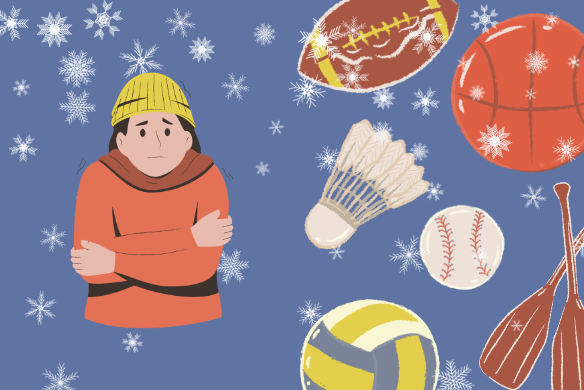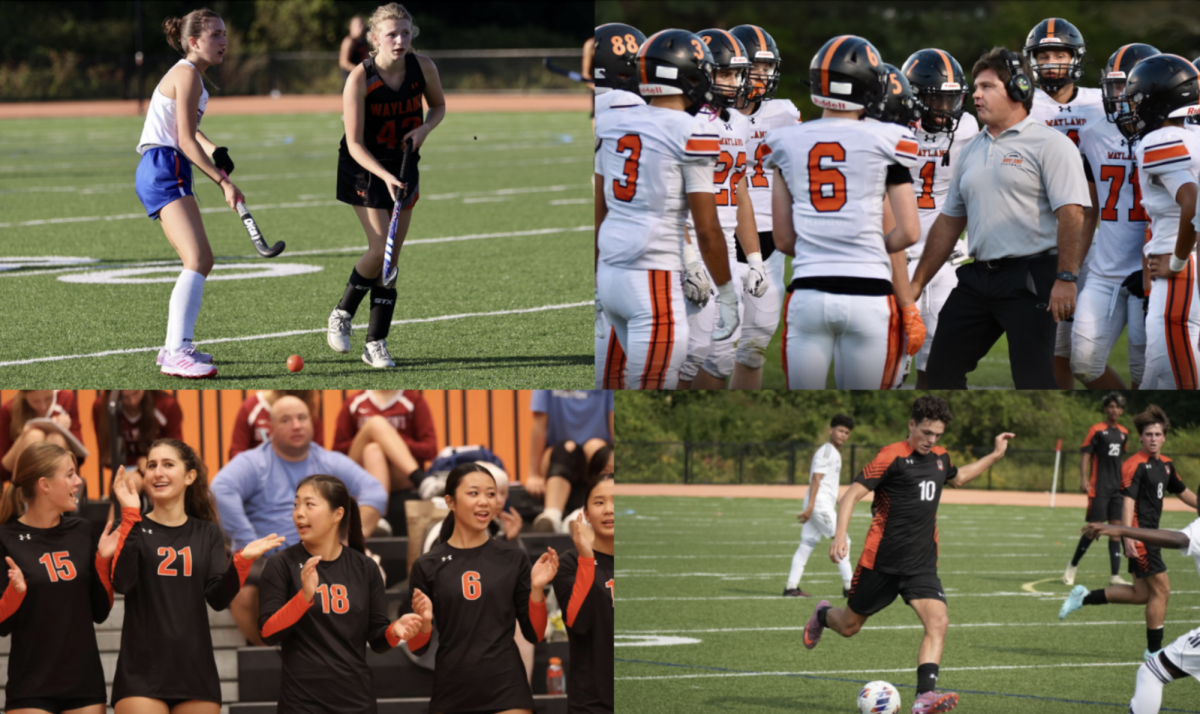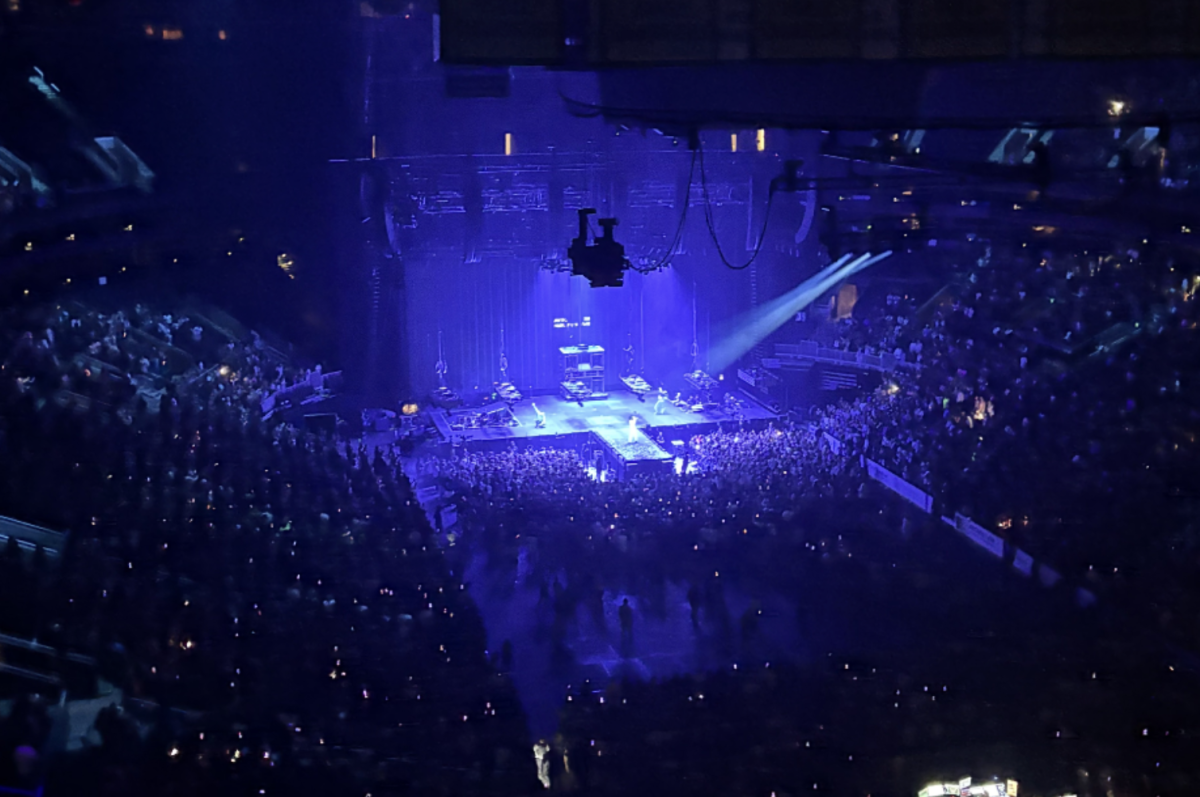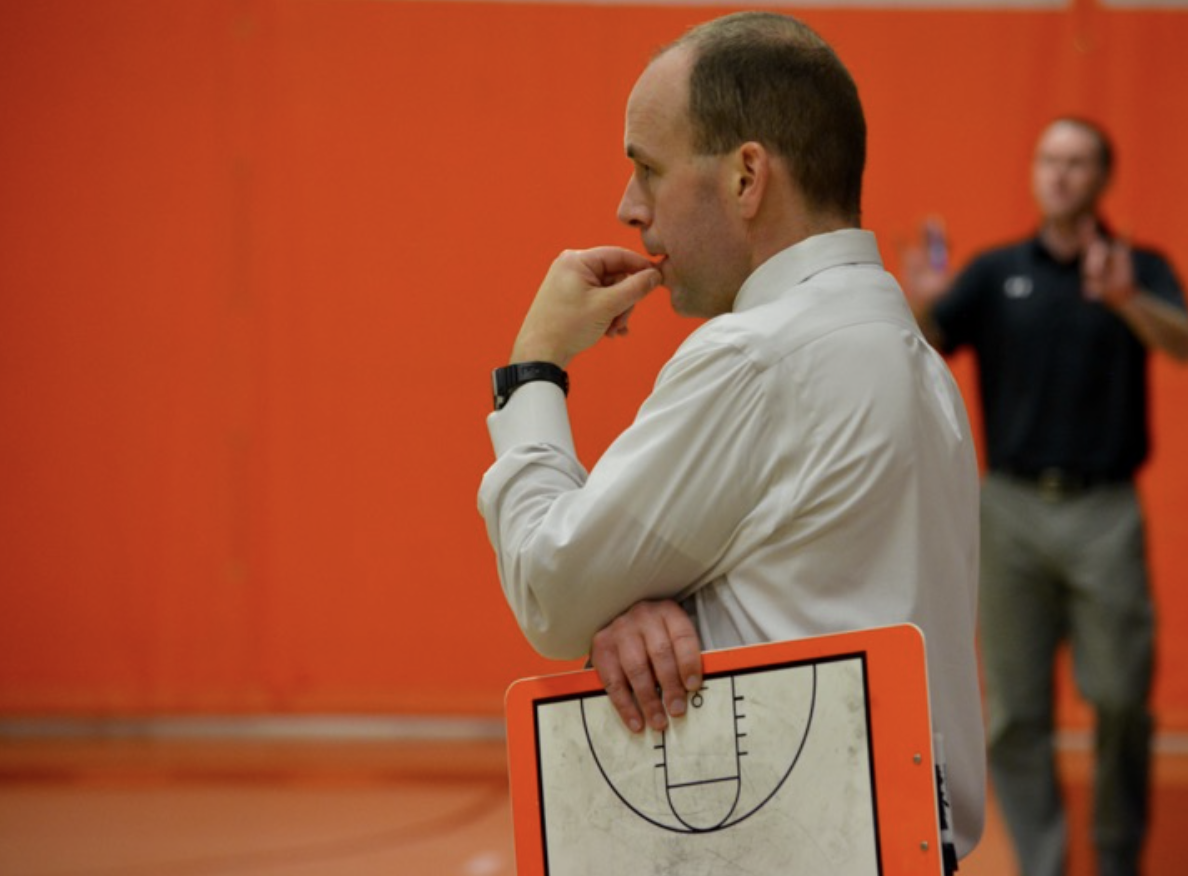
Pop, crack and snap. Twist, break and sprain. These are a few of the sounds and injuries that some athletes face during their winter sports seasons. From surgeons to athletic trainers, heath care professionals usually see an uptick in injuries during the cold months. Wayland High School’s nurse Tim Bryant agrees that sports related injuries become more prevalent in the colder seasons, and sees it first-hand at WHS.
“[There are] usually varying degrees of injuries, and depending on the injury we can kind of work through it,” WHS athletic trainer Katie Reilly said. “That way [the athletes] can still play and not miss time. That would probably be the best case scenario, but there are other injuries where they can miss upwards to two weeks, possibly three weeks depending on how bad it is.”
With the many different sports teams at WHS, Bryant has noticed that some sports lead to more injuries than others. Although football is considered a fall sport, its season carries into the colder months, resulting in a higher injury rate. Bryant believes that the high contact sport of football is the sport that causes the most injury at WHS.
“Football is the number one, second would be basketball, the third I’m going to say [is] girls volleyball and then soccer,” Bryant said.
Along with missing a portion of or an entire sports season, an injured athlete faces several daily challenges. However, these challenges might look different depending on the weather and the season. Senior Ben Wright tore his right labrum for the second time during his 2023 football season, got surgery and had to wear a cast for about six weeks. This injury has impacted his ability to learn during what some WHS students say it the most crucial part of the school year: quarter three.
“[Having an arm sling] definitely plays a factor in school since it’s my dominant hand,” Wright said. “It’s tough to write stuff down for classes, so for some classes, the teacher will just take the notes and they’ll write them down for me. This doesn’t really help me learn at all because I learn by writing stuff down. Without writing it down, I just do nothing in class.”
Because some find that the winter months at WHS contain a higher academic rigor and work load, some student athletes are not able to get an adequate amount of sleep, which can cause athletes to become more prone to injury. Further, because of student athletes’ busy schedules, some forget to stretch or consume foods with proper nutrition.
“There’s a lot of reasons [for injuries], but I would say the main three are improper nutrition, sleep and recovery,” Reilly said. “So in a lot of sports, we teach rest and recovery. A lot of kids will go out and play for two hours and then they hop in the car, sit in the car for an hour trying to go home, then get home, take a shower and just sit down. They don’t do any stretching. They might do a little stretching when they’re done with the coach, but foam rolling, stretching and just yoga is also another one.”
For some athletes, preforming well can seem more important than self care. They might undermine the extremity of their injury because they want to compete. This can lead to even more serious injuries.
“This is my second time tearing my right labrum,” Wright said. “I tore it the first time in junior year playing football, and then I just played the rest of the season through the injury. I did a little wrestling, got surgery and then ran track. This year, I hurt it again in football and I just played through it again, and then I tried to do some wrestling but it was just too painful, so I had to get the surgery. Since it was my second time getting this surgery, I had to get open shoulder surgery.”
According to Bryant, because athletes are more prone to injury in the colder months, it’s important for them to train and condition during the off season.
“If a football player plays from the middle of August through Thanksgiving, that’s their season,” Bryant said. “If they take December, January, February, March and April off and they say ‘I’m going to condition over the summer, in June and July,’ they’re not really conditioned when they come back in August. So there’s more injuries at the beginning of the season when their body is less conditioned. Their muscles are not as strong, they’re not as flexible and their bodies aren’t ready to be hit and do a lot of the activities.”




























